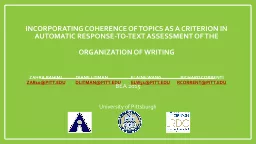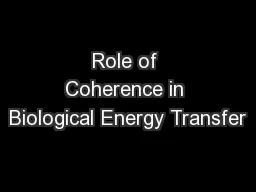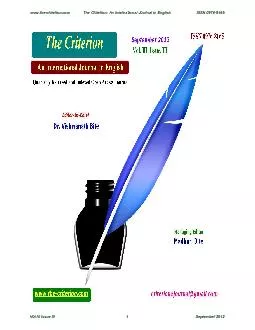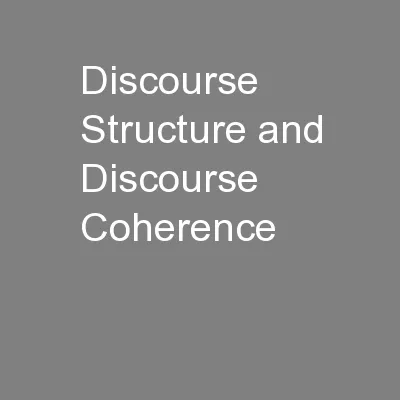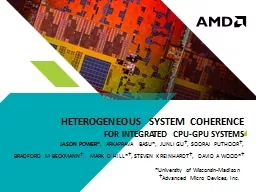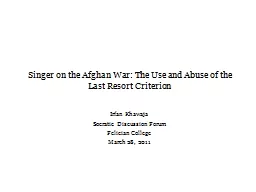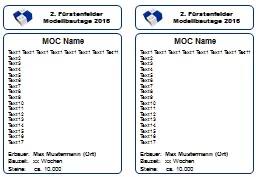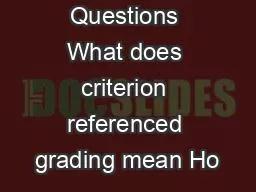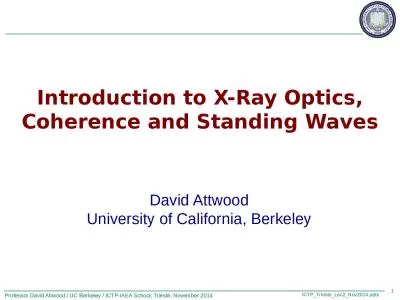PPT-Incorporating Coherence of Topics as a Criterion in Automatic Response-to-Text Assessment
Author : elitered | Published Date : 2020-08-06
Zahra Rahimi Diane Litman Elaine Wang Richard Correnti zar10pittedu dlitmanpittedu elw51pittedu
Presentation Embed Code
Download Presentation
Download Presentation The PPT/PDF document "Incorporating Coherence of Topics as a C..." is the property of its rightful owner. Permission is granted to download and print the materials on this website for personal, non-commercial use only, and to display it on your personal computer provided you do not modify the materials and that you retain all copyright notices contained in the materials. By downloading content from our website, you accept the terms of this agreement.
Incorporating Coherence of Topics as a Criterion in Automatic Response-to-Text Assessment: Transcript
Download Rules Of Document
"Incorporating Coherence of Topics as a Criterion in Automatic Response-to-Text Assessment"The content belongs to its owner. You may download and print it for personal use, without modification, and keep all copyright notices. By downloading, you agree to these terms.
Related Documents

